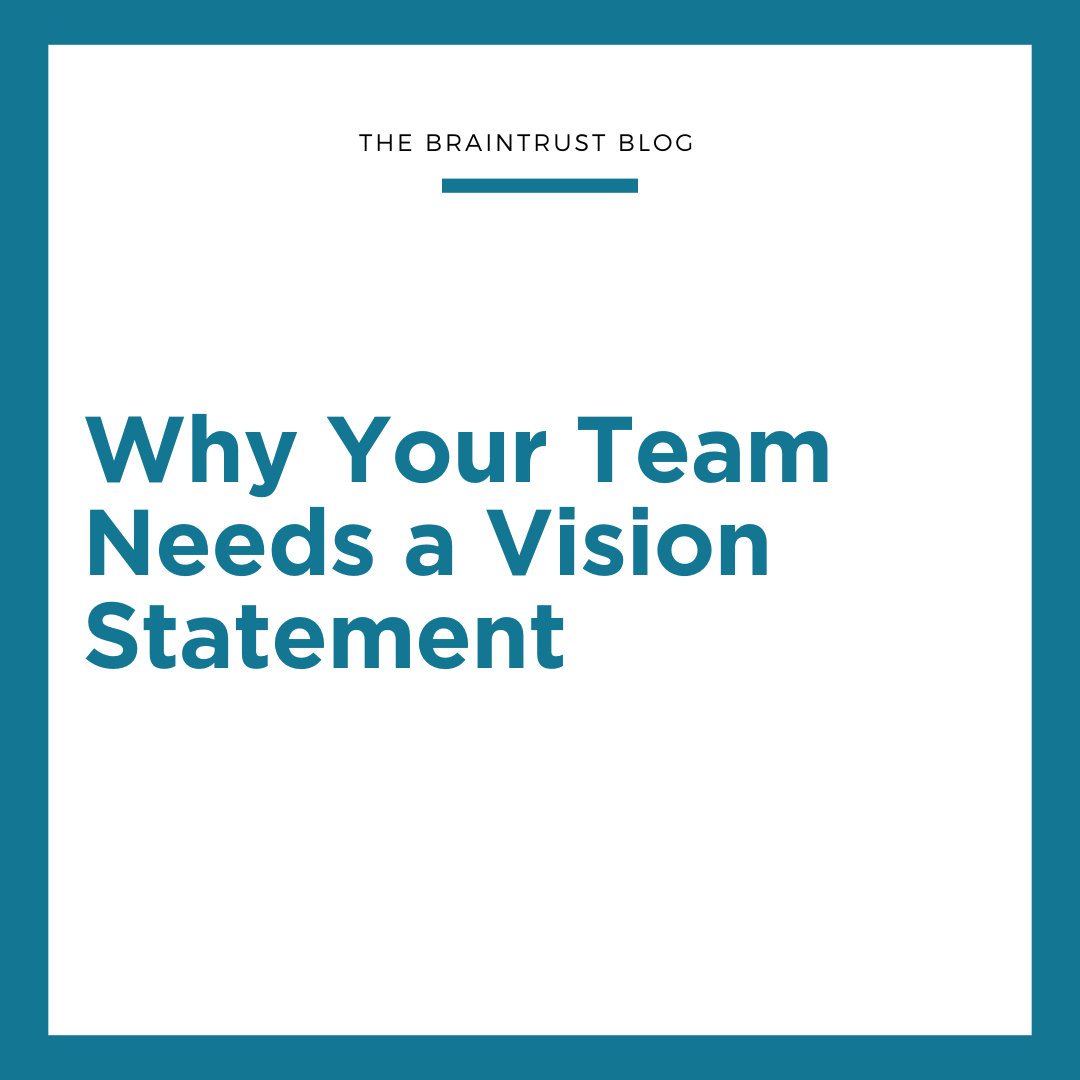In nearly every Certified Agile Leadership class, there’s one dissenting voice. Sometimes (rarely) their skepticism is overt, but more often, they ask pointed “questions” designed to elicit a concession that Agile isn’t going to work in every Organization. When that fails, the cynic usually doubles down with how/why Agile has not worked at their Organizations.
So let’s do a deep dive into two Agile misconceptions that can lead to its “failure.”
Misconception #1: Agile “Fixes” Problems
It is misguided to think of Agile as a “solution” to problems. The application of Agile can illuminate the root-cause problems of an organization, but it is not equipped (or even necessarily designed) to fix them.
Let’s say you adopt one or more Agile Methodologies in the hopes of “speeding up” product delivery. But what happens when a successful increase in momentum adds pressure to the delivery pipeline? Bottlenecks and leaky pipes are often exposed. Frustration then results because too many of the leaks are inaccessible—deep in the core of the organization. So, while Agile Methodologies (such as Kanban, Scrum, etc.) can/do often bring agility to pockets of the company, these smaller efforts often stall out or level off—with only modest benefits.
Commonly, these “leaks” include ineffective resource allocation, decision making, prioritization, policy enforcement, and organizational structure. And even executives with extensive experience and wisdom may be unable to fix those leaks. Plus pursuing simultaneous (or rapid-fire) fixes can lead to a tsunami, making such change initiatives quite risky to the reputations/careers of organizational leaders.
But these leaky pipes are not the fault of Agile itself; rather, they are related to institutional/legacy practices, structures, and policies—namely a culture—that reinforces old patterns and behaviors. And if these cultural mindsets remain in place, Agility will inevitably be cut off at the knees.
And that’s where Agile Leadership comes in, which takes us to Misconception #2.
Misconception #2: “Agile Leaders” are those who manage Agile Methodologies
Agile Leadership has virtually nothing to do with practicing Agile Methodologies.
The Agile Manifesto tells its adherents to value “individual and interactions” above “processes and tools”. However, “Agile Leaders” are often considered to be those who manage static, standardized, and highly prescriptive Agile “Methodologies” (such as Scrum), against which those “leaders” religiously measure “compliance.”
“Being agile” is a MINDSET, to which specific techniques and rituals are secondary. A Leader becomes Agile by embracing and employing the core tenets provided in the Agile Manifesto: Drop useless meetings, administration, and paperwork. Focus primarily on actions that work and on fast feedback cycles. Self-examine, self-organize, and self-optimize. THIS is how you change the culture of your organization, and thereby address the deep-seated “leaks” described in Misconception #1.
Consider this: The notion of relying on a “standardized” Agile Methodology in order to be an effective Leader is an absolute contradiction to the principles of the Agile Manifesto itself. If Agile means continuous adaptation and improvement, and you choose to mandate a one-size-fits-all Agile process for your Team, then you’re not actually Agile.
Bottom line—making sure that your Team Members jump through all the Agile Methodology hoops—while ignoring the core principles that lead to that Agile Methodology—is not Agile Leadership. Instead, Agile Leaders take the best input from everyone in the company and continuously seek ways to adjust any/every process.
Case in point: there are hundreds of brilliantly successful Agile leaders who have never heard of Scrum. These (and all effective) Agile leaders use their organization’s core values, mission, vision, purpose, and the principles of the Agile Manifesto, in order to allow each of their Teams to craft their own practices, and take ownership in continually refining those practices.
In so doing, it is the Team Members that are best equipped (and most motivated) to work with their Leaders to find the organizational “leaks” and embody the cultural shifts that will solder those leaks permanently.
So leaders, please consider these misconceptions before you throw the Agile baby out with the Agile bathwater.



